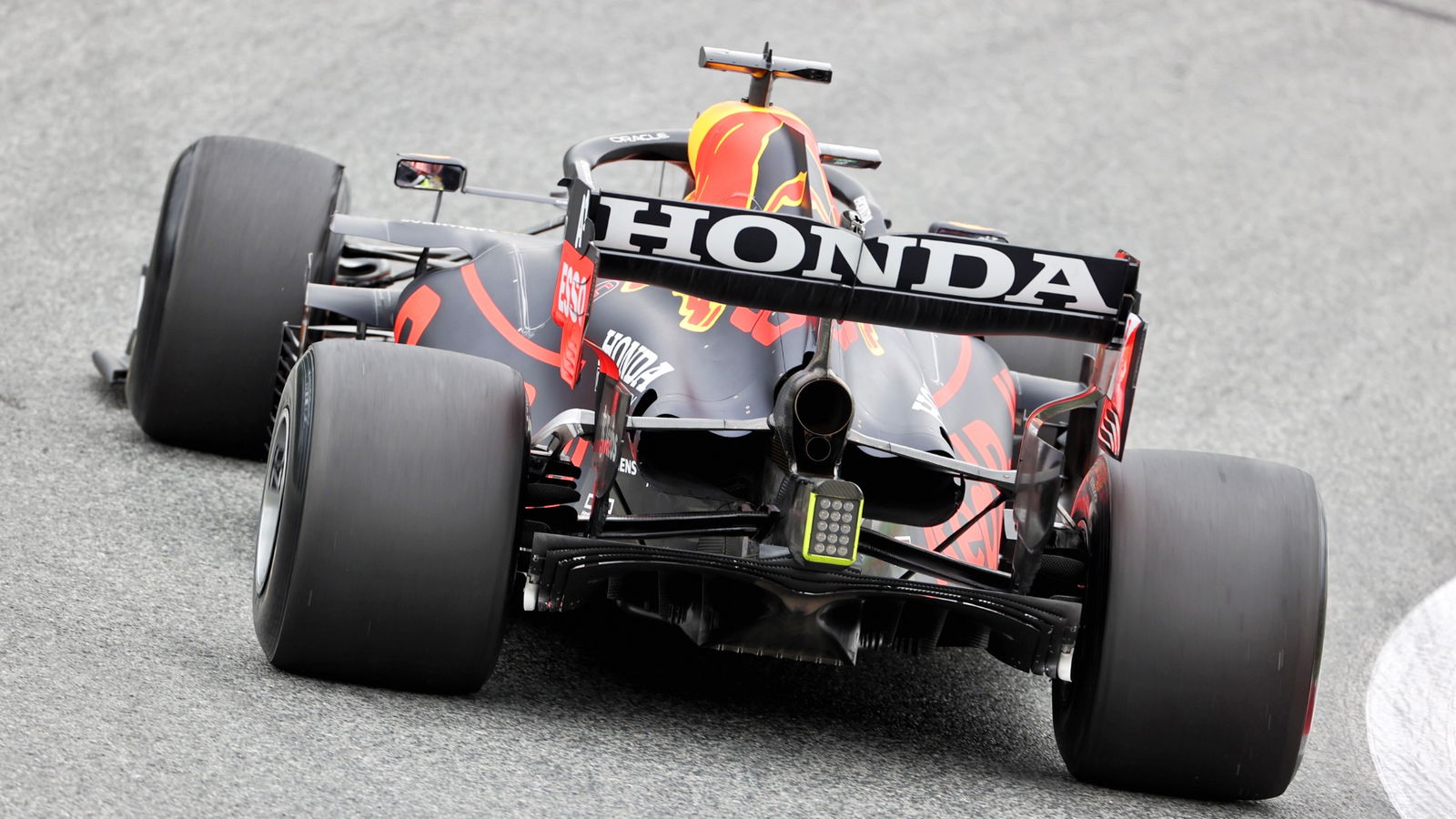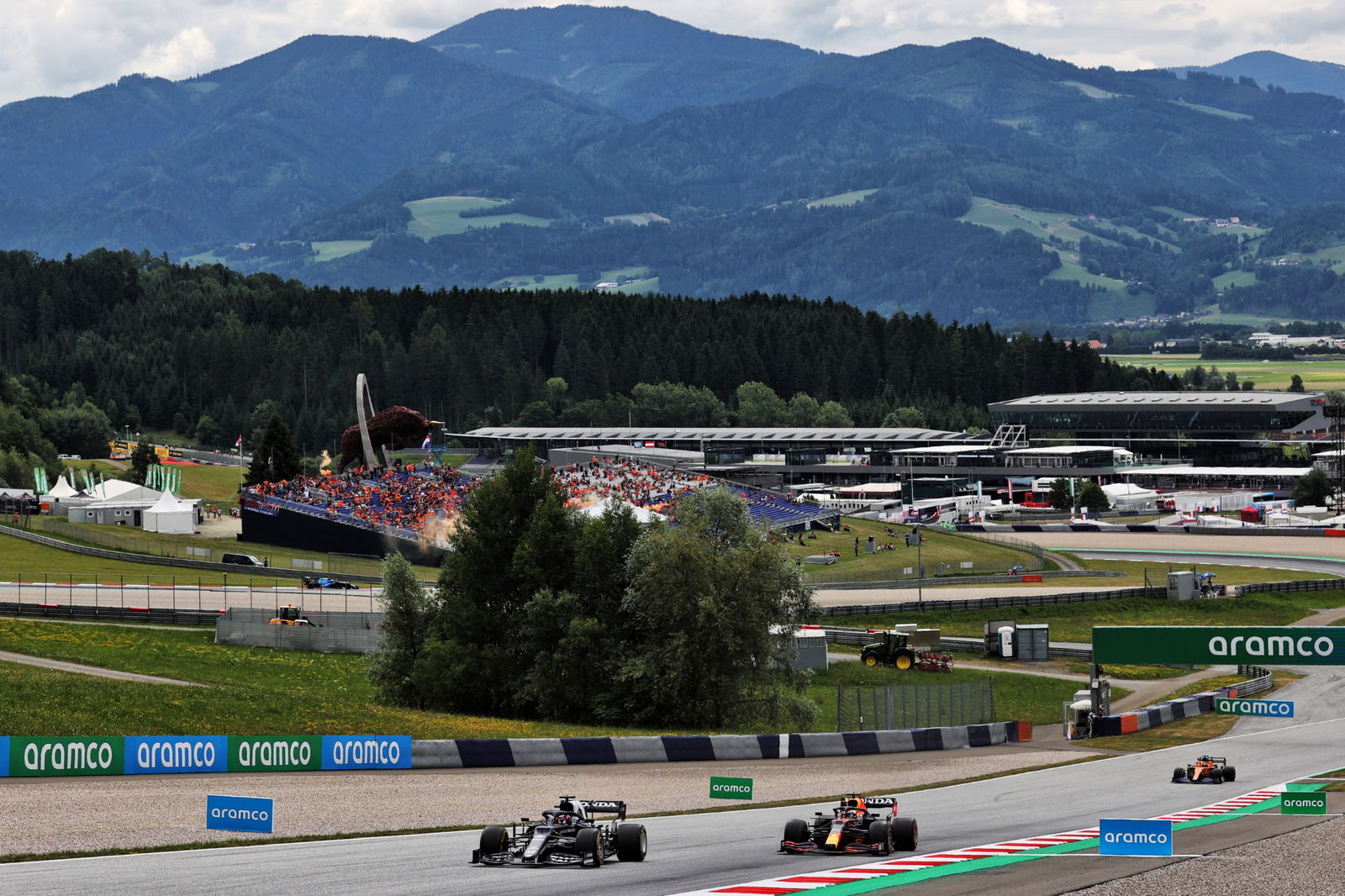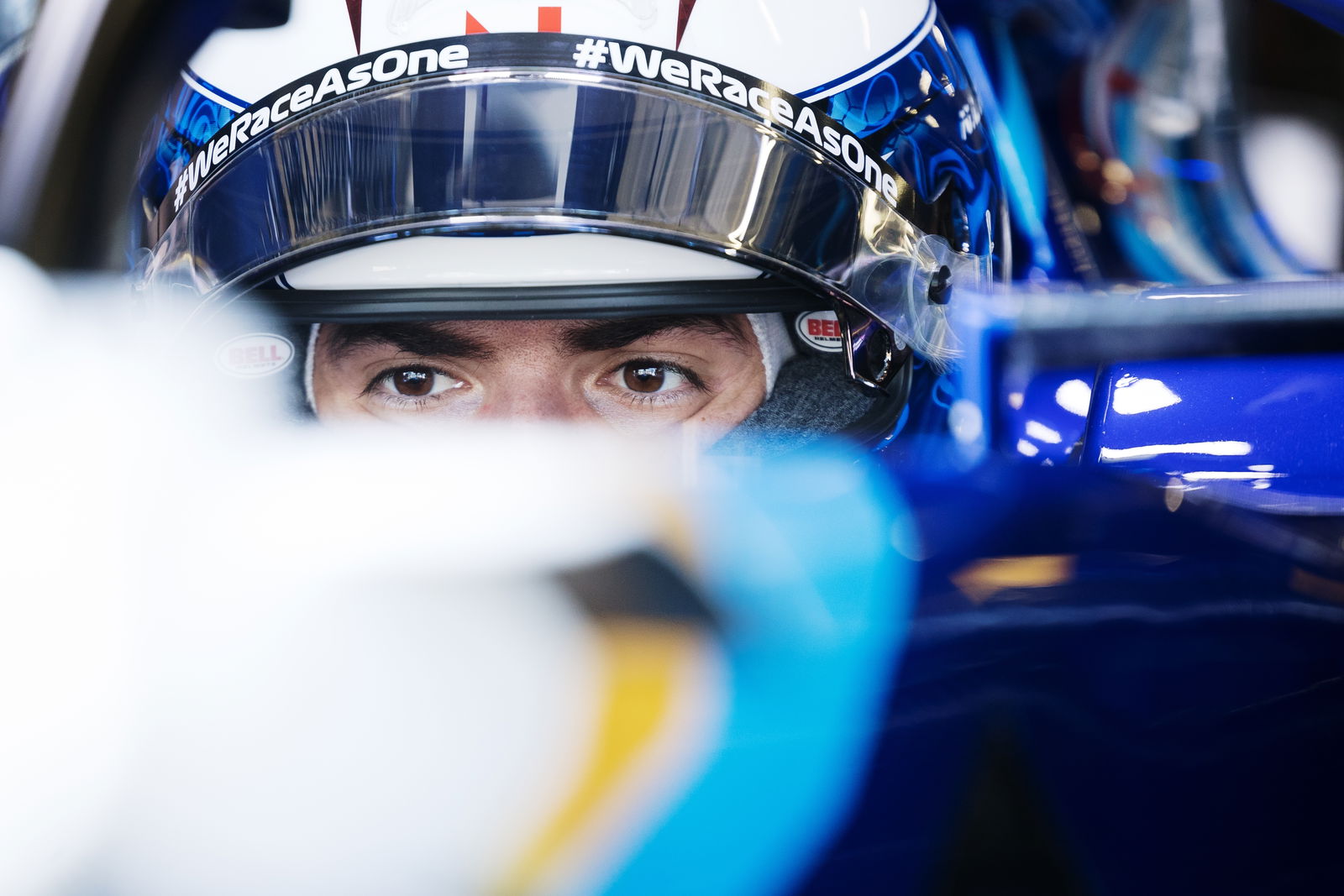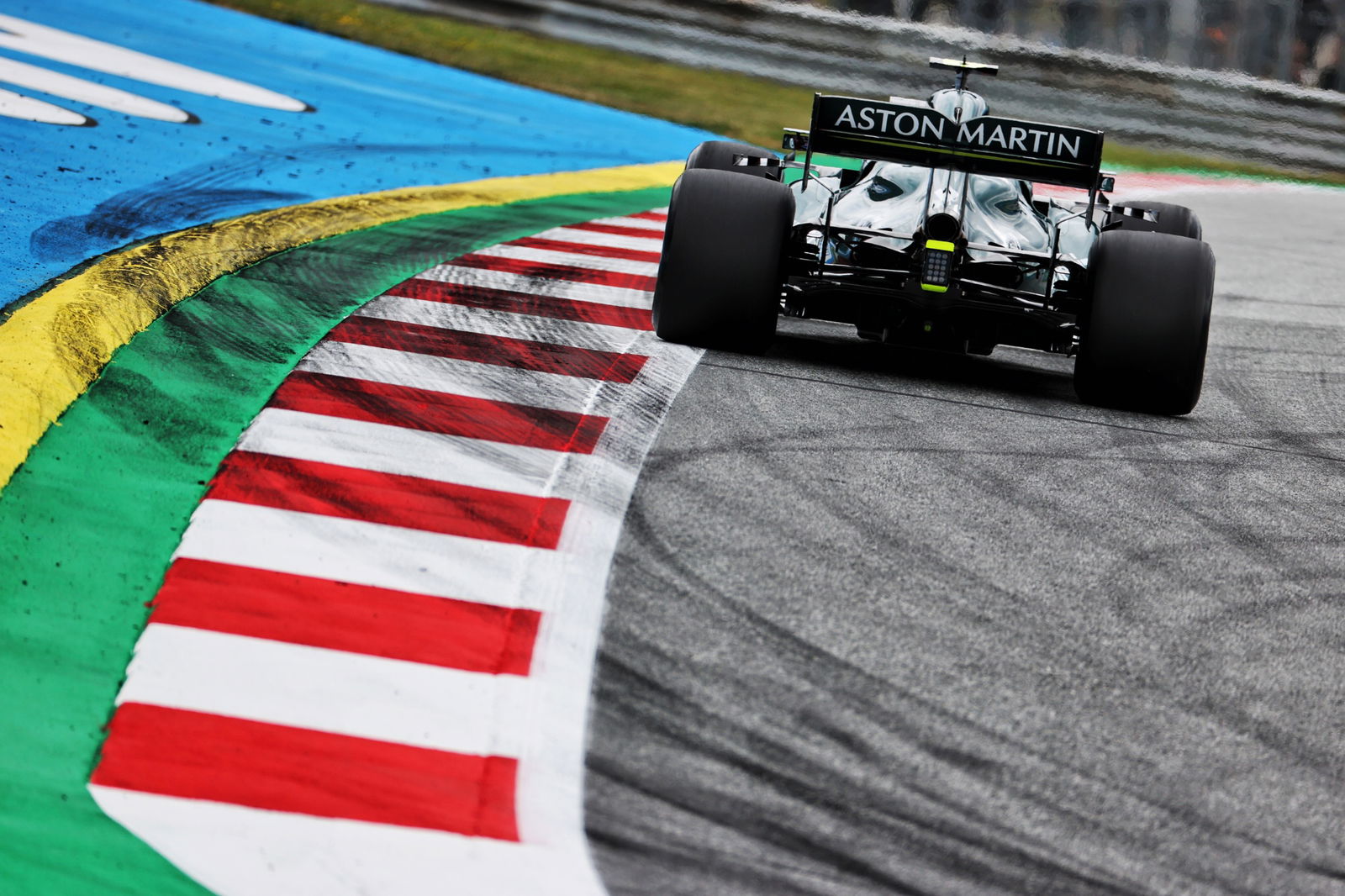Honda explains Red Bull's power gains amid F1 engine suspicion

After claiming four consecutive victories and appearing to move ahead of Mercedes with its 2021 package, Red Bull has found itself coming under fire for its strong straight-line speed performance in recent races.
Red Bull’s competitiveness in a straight-line noticeably improved when Honda introduced its second power unit of the season at the French Grand Prix, leading Lewis Hamilton to suggest that Mercedes main rival had benefited from a Honda upgrade, despite performance enhancements being banned this year under the current engine rules.
Team principal Christian Horner and Max Verstappen both pointed to Red Bull running a slimmer rear wing as an explanation for its superior straight-line compared to Mercedes.
Speaking on Friday at the Austrian Grand Prix, Honda F1 technical director Toyuharu Tanabe denied rumours of a 15bhp gain from its latest engine, as well as speculation it is now able to run its latest unit in higher power modes.
“I’m very happy if it is true, but it’s not true,” Tanabe said. “Under the current regulations, any performance update is not allowed during the season.
“As a result, our second power unit is the same as the first PU in terms of specification and performance.”

Tanabe insisted that teams would have been informed by the FIA of any changes if Honda had introduced reliability fixes.
“The current performance improvement is as a result of the hard work from Honda, and the teams,” he explained.
“Under current PU regulations, we need to submit any changes. [We’re] only allowed to change for reliability, cost reasons, and logistics. We need to submit very detailed [documents] to the FIA first, and the FIA approved those changes.
“The FIA distributes all the documents to the other PU manufacturers. So, we need to have approval from the other big manufacturers to change any single parts specification.
“Why we are doing such detailed investigation is that a long time ago some teams, they improved their performance to make a change to improve their reliability.
“So we are very careful to change the performance. It is not possible to improve the performance during the season. That’s my answer to that suspicion.”

According to Tanabe, Honda’s improved performance can be put down to gaining a better understanding of how to maximise its power unit.
“I can say yes because we started using this 2021 new power unit from the pre-season test, and then we have been gradually learning how to use it,” he said.
“We improved our weaknesses, and then we pushed our strengths. As a result, the base specification of the performance is the same but the trackside performance I believe we have been improving.
“[Once] we understand our PU, ICE and ERS system, we go to a different track every time, so we simulate how to use the balance for ICE and electronic systems,” he added. “So then we optimise the usage of the PU in terms of lap time.
“Current technical directives give us a little bit harder time. We need to run qualifying and the race in the same mode. So that type of stimulation. And then when we come to the track we run in the real-world and they update the that type of calibration to maximise our performance.”


